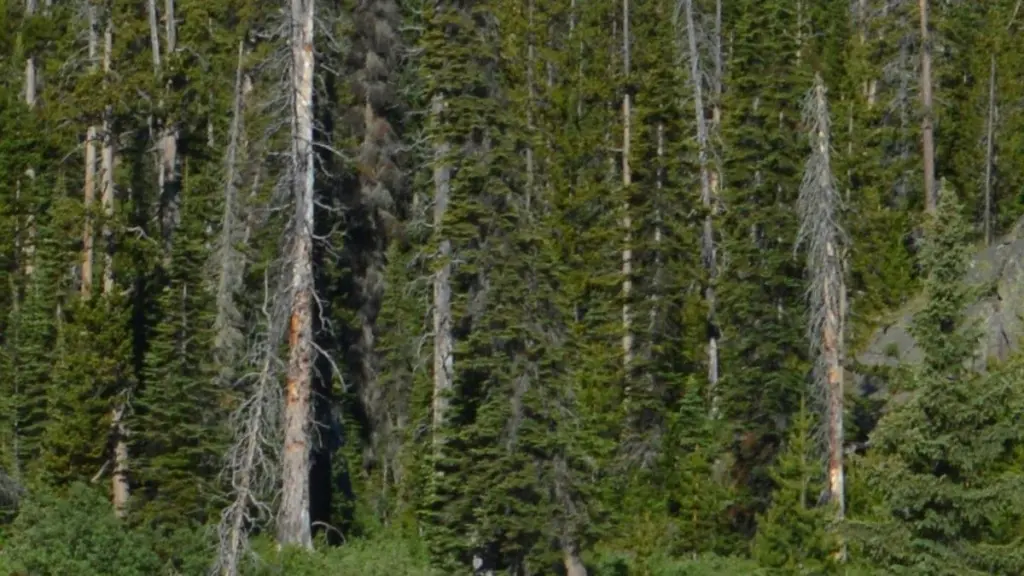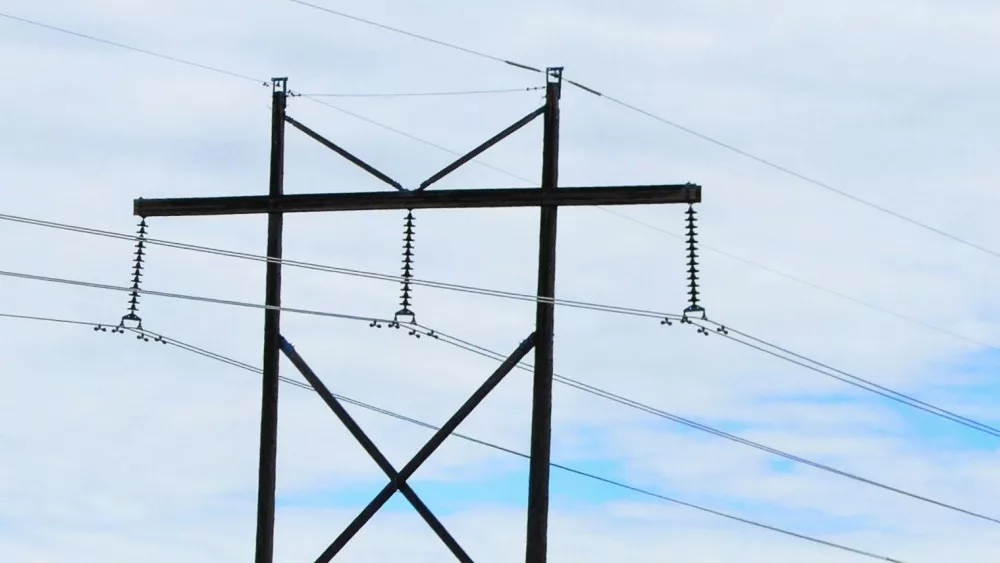OLYMPIA, WA – More than half a million acres of trees spread across Washington were sick, struggling, or dead last year, according to the results of an aerial survey of forests by the state’s Department of Natural Resources.
Surveyors identified about 545,000 acres with some level of tree mortality, defoliation, or disease, the department said this week. That’s less than 1% of the total forestland surveyed.
The amount of forest with problems is up nearly 30,000 acres from 2023 and more than the 10-year average of 519,000 acres, but well below the acres mapped with diseased or dead trees in 2022, according to the Department of Natural Resources.
The Department of Natural Resources and the U.S. Forest Service partnered to conduct an aerial survey of 22 million forested acres in Washington state to observe recently killed and damaged trees. They carried out the survey between June and September last year.
The agencies, as well as the Oregon State Department of Forestry, have been partnering on aerial detection surveys since 1947, according to the Department of Natural Resources.
Washington experienced above average temperatures for the majority of 2024, with some level of drought observed on most lands by fall.
“The main climate takeaway for Washington in 2024 was the continuation of long-term warming trends,” the Department of Natural Resources stated in the report. “For the third time in four years, the annual average temperature in Washington was among the 10 warmest on record.”
The “unusually dry and warm weather” likely contributed to tree stress and insect success, the Department of Natural Resources reported.
Insects were the primary cause of the tree damage mapped last year.
Bark beetles, in particular, were responsible for about 270,000 acres of damage. Notable bark beetles with high activity are the fir engraver, the mountain pine beetle, the western pine beetle and the silver fir beetle.
While the silver fir beetle only damaged 2,900 acres of Washington forests last year, up from just 500 acres in 2023, Department of Natural Resources entomologist Glenn Kohler said that beetle’s damage is among the most visible, given its presence in the North Cascades National Park, Snoqualmie Pass and the Alpine Lakes Wilderness.
“We will certainly be interested to see if the current peak is sustained for a second year,” Kohler said.
Another outbreak noted in the 2024 report is the continued presence of the California fivespined ips beetle, which has been the cause of increasing pine tree deaths since 2022 in urban forest settings around the Puget Sound region. The beetle was first detected in Washington in 2010.
Also of concern is the western spruce budworm, which caused defoliation damage to more than 63,500 acres of forest in 2024 after three years of no recorded activity.
Western spruce budworm outbreaks are uncommon in Washington state, according to the Department of Natural Resources, with the last outbreaks occurring in 2011 and 2012.
The current outbreak is most visible east of Ross Lake in Whatcom, Skagit and Okanogan counties, according to the Department of Natural Resources.
The 10-year average of forest damage in Washington is skewed by a two-year gap during the COVID pandemic, when the full 22 million acres of Washington state’s forest were not surveyed.
A total of 550,000 damaged acres were mapped in 2021, but only 19 million acres were surveyed that year. Similarly, only 10.5 million acres were surveyed in 2020, with 322,000 acres of damage mapped.
Data used for those two surveys was acquired through a combination of ground sampling and remote sensing in place of survey flights.
The standard 22 million acres of Washington’s forests were mapped in 2019, 2022 and 2023. A total of 658,000 damaged acres were mapped in 2019, 672,000 damaged acres were mapped in 2022, and 517,000 damaged acres were mapped in 2023.
“Similar to wildfire season data, it’s better to make observations over a longer period, like a 10 year stretch, to gauge trendlines,” said Will Rubin, a spokesperson for the Department of Natural Resources.
The data is included in an annual Department of Natural Resources report that summarizes insects, diseases, and other disturbances affecting Washington’s forests.
This story first appeared on Washington State Standard.





